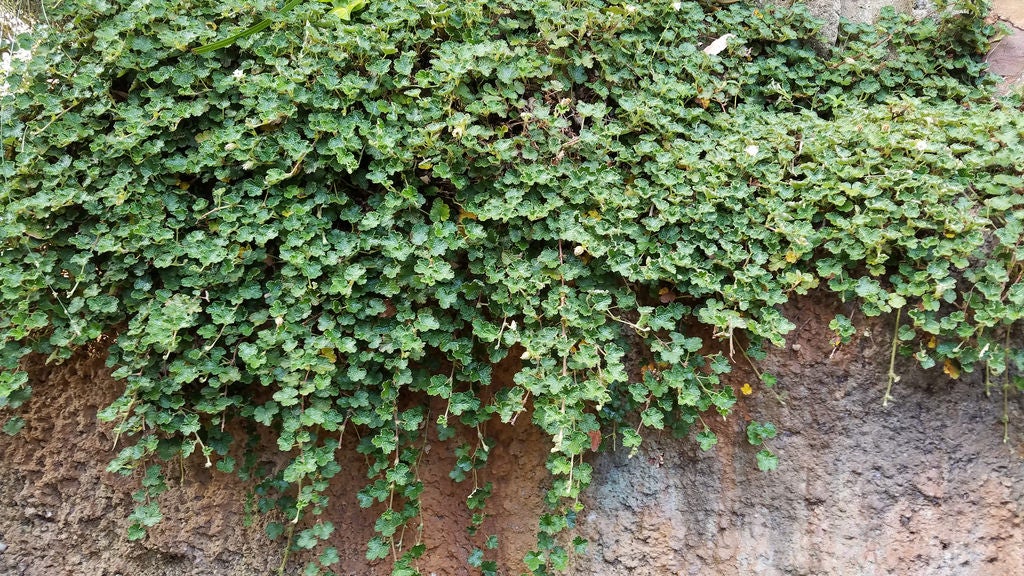Crinkle-Leaf Creeper Info: Learn How To Grow Crinkle-Leaf Creeper Plants


Plants in the Rubus genus are notoriously tough and persistent. Crinkle-leaf creeper, also commonly known as creeping raspberry, is an excellent example of that durability and versatility. What is crinkle-leaf creeper? It is a plant in the rose family, but it doesn't produce noticeable flowers or cultivated fruit. It is perfect for difficult sites and produces a mat of attractive foliage with unmatchable resistance to many pests and diseases.
Crinkle-leaf Creeper Info
The family Rosaceae includes many of our favorite fruits as well as roses. Creeping raspberry is one of the family but it has a growth habit more closely aligned with wild strawberries. The plant merrily rambles over rocks, hills, depressions, and wide spaces but is easygoing and can be controlled mechanically.
Rubus calycinoides (syn. Rubus hayata-koidzumii, Rubus pentalobus, Rubus rolfei) is native to Taiwan and provides an excellent low maintenance groundcover in the landscape. The plant performs well in either hot, dry sites or areas where moisture fluctuates. It can help stabilize soil in erosion prone areas, choke out perennial weeds and, yet, still allows naturalized bulbs to peek their heads up through the ornamental foliage.
The plant's scrambling nature does not allow it to self-adhere to plants or other vertical structures, so it is confined tidily to the ground. Creeping raspberry is a green foliaged plant but there is also a golden leaved cultivar.
Crinkle-leaf creeper grows just 1 to 3 inches (2.5-8 cm.) in height, but it can spread and spread. The deep green evergreen leaves are crinkly and scalloped. In fall and winter they bear rusty pink edges. The flowers are tiny and white, barely noticeable. However, they are followed by golden fruits that resemble chubby raspberries.
How to Grow Crinkle-Leaf Creeper
Try growing crinkle-leaf creeper in areas with deer; the plants won't be bothered. In fact, creeping raspberry is an extremely low maintenance plant once established and can even thrive in drought conditions.
Creeping raspberry is suitable for gardens in USDA zones 7 to 9, although it can thrive in protected sites to zone 6. The plant prefers full sun to light shade in any soil as long as it is well draining.
Sign up for the Gardening Know How newsletter today and receive a free copy of our e-book "How to Grow Delicious Tomatoes".
The groundcover looks especially appealing in woodland or natural gardens where it can tumble about, adding color and texture to many areas. If the plant grows out of bounds or gets too tall, use a string trimmer or pruners to remove higher growth.
There are few diseases or pests that will bother this plant. It is an easy, elegant addition to the garden.

Bonnie Grant is a professional landscaper with a Certification in Urban Gardening. She has been gardening and writing for 15 years. A former professional chef, she has a passion for edible landscaping.